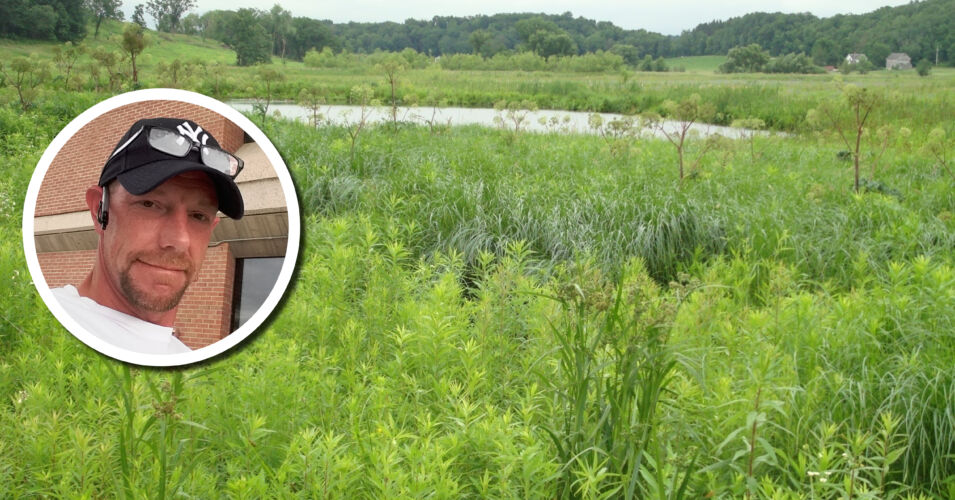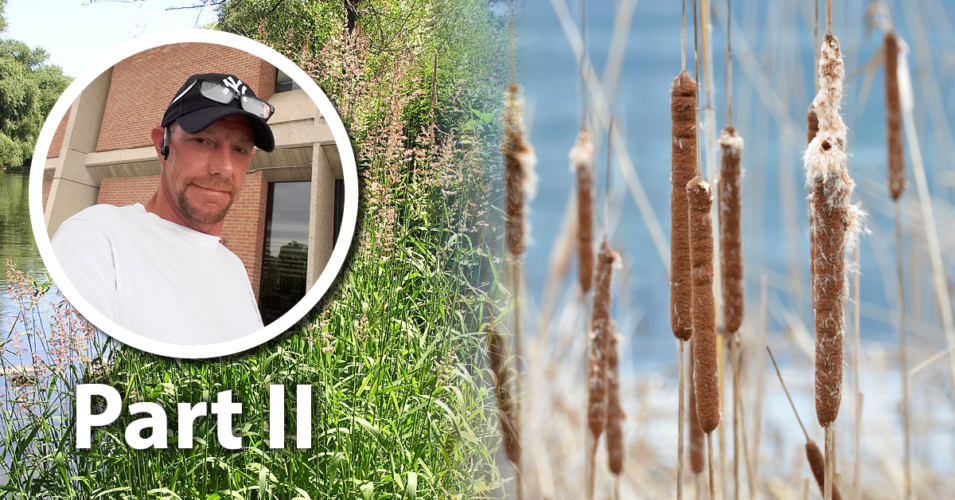Unfortunately, invasive species are ubiquitous in our landscape, and a large portion of most natural areas management budgets are directed at eradication programs. In some situations, non-chemical methods are appropriate and effective, but often we must rely on herbicide applications to accomplish our management goals. While this practice is not without its potential drawbacks, judicious and informed use of herbicides can minimize their negative impacts and improve project outcomes, while at the same time reducing costs associated with invasive species management. Management efforts will be more successful if mangers pay attention to the connections between herbicide chemistry and target plant anatomy and physiology. Herbicide performance can be enhanced with a wide variety of herbicide additives and directed application techniques. This presentation will demonstrate ways to get the most out of chemical control by taking advantage of herbicide-additive systems and detail the essentials of target plant anatomy and physiology as they relate to invasive species suppression. You won’t want to miss this, since speaker Craig Annen will be giving away a lot of trade secrets.
Craig Annen, Integrated Restorations LLC
Recorded September 22, 2023
Craig Annen earned his bachelor’s degree in environmental science and plant molecular cell biology from Edgewood College in 1998 and his master’s degree in aquatic botany from the UW-LaCrosse in 2001. His research interests include invasive species management, economical ecology, and mathematical ecology. Craig is senior ecologist and operations manager of the firm Integrated Restorations, LLC.
- CLO-PLA: the database of clonal and bud bank traits of Central European flora (Jitka Klimešová and Francesco de Bello), Journal of Vegetation Science Vol. 20, No. 3 (Jun., 2009), pp. 511-516 (requires subscription to view)
- ABCs of Spraying
- Evaluation of Clopyralid and Additives for Coronilla varia Suppression in a Remnant Prairie (Wisconsin) (requires subscription to view)
- Self-Limitation of Herbicide Mobility by Phytotoxic Action (Donald R. Geiger and Hank D. Bestman), Weed Science Vol. 38, No. 3 (May, 1990), pp. 324-329 (requires subscription to view or download)
Related content
Wetland Coffee Break: Toward more effective invasive species management: Part 1
Wetland Coffee Break: Toward more effective invasive species management: Part 2
Wetland Coffee Break: Chemical control of cattail in species-rich wetlands




